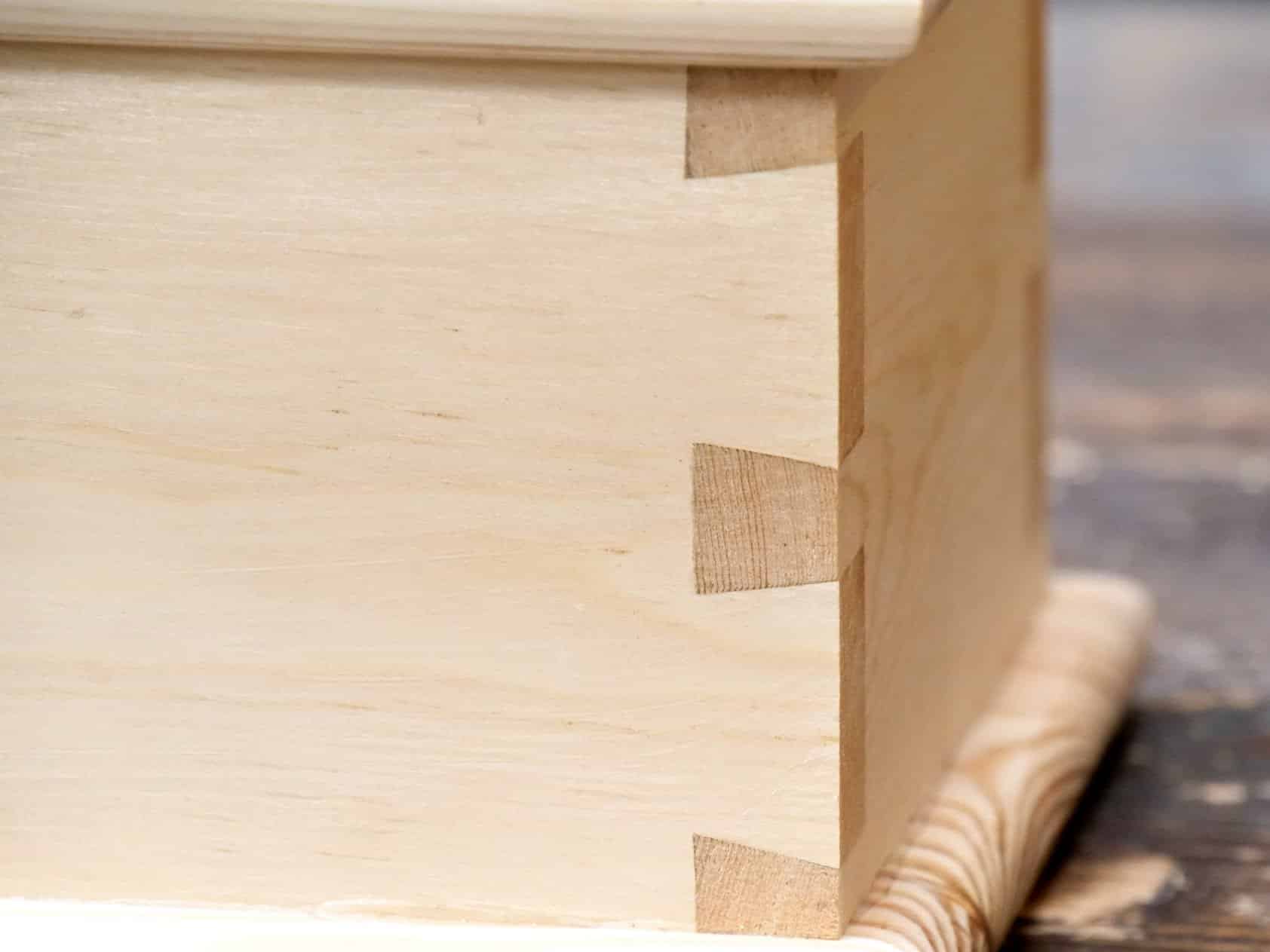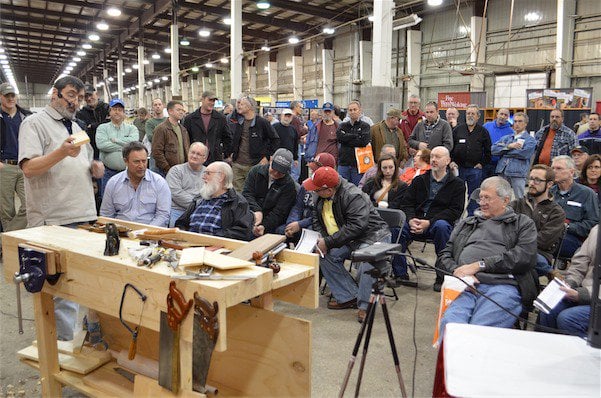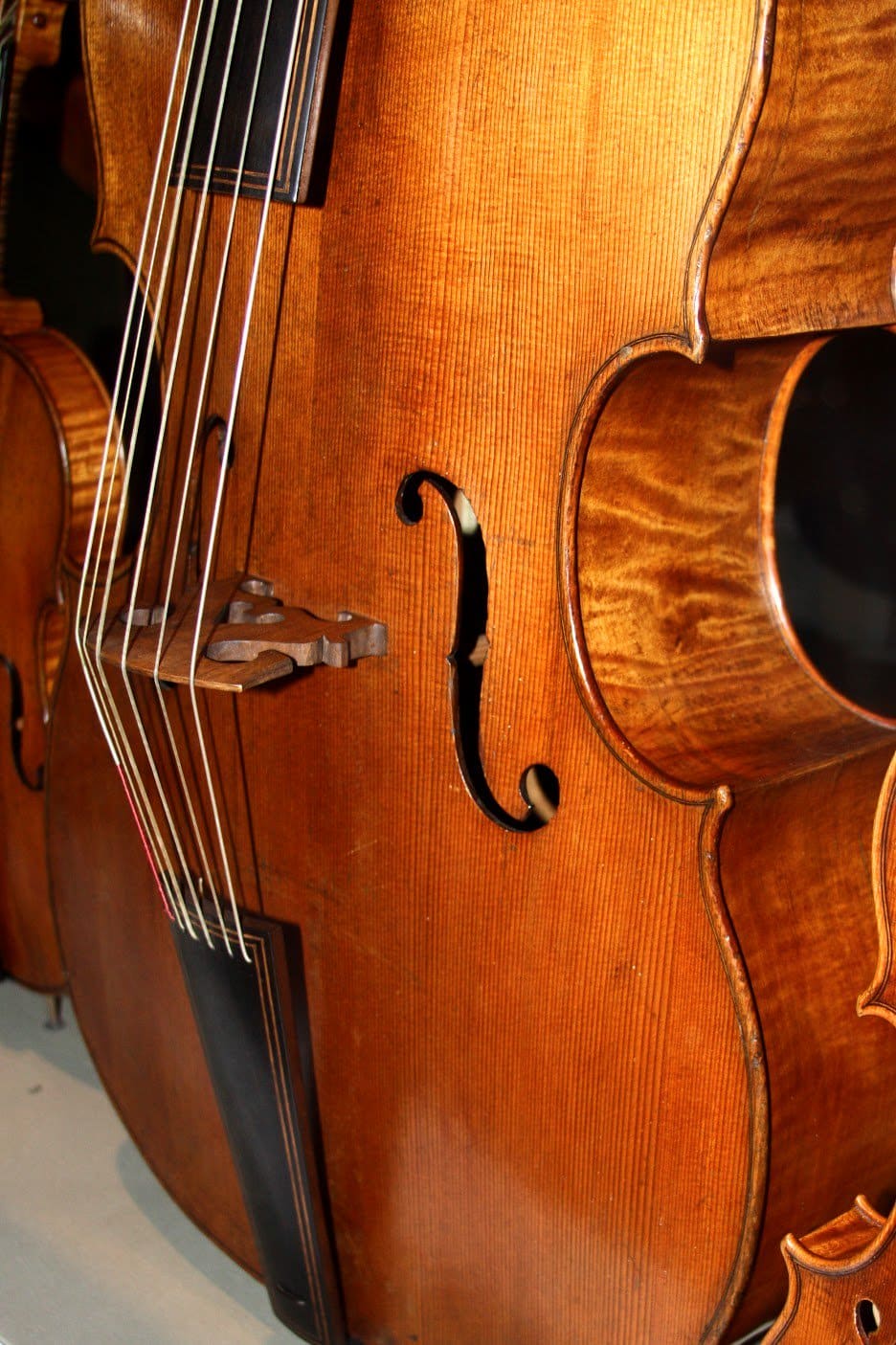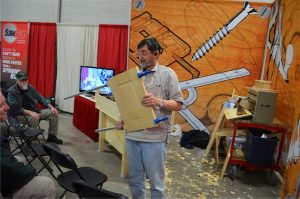Three Strings and Genius – Persevere!
How many times do we want to give up when adversity hits and yet we know that if we persevere there’s often something worth gaining on the other side of hesitation and giving up. When life get’s to you; work, finances, health issues, you know what I mean, get in the workshop, pull out some wood, a few hand tools, and something you feel you want to make will emerge and there’s a good possibility you will resolve any problem dogging your steps.
Double Vision, an Illusion of Twice as Much.
On the last day of 2012 I was standing outside a Pet’s are Us store looking at a rabbit hutch for sale sign. My first look at it read quite clearly but something shifted in a split second and then I wondered why the hutch had two identical signs side by side saying the same thing. I looked up to walk away when instead of seeing one car on the road in front of me I saw two. No matter what I did I could see two of everything. The condition worsened over 24 hours and soon I was sitting in the hospital asking the doctor questions as to what and why.
Two days following this event I sat on a British Airways plane headed for New York. The hospital gave me a ‘patch’ that attached with water to the inside of my glass lens and somehow corrected 95% of my vision. Having 20/20 vision as normal, the marginal difference worked out fine. That’s at first anyway. The doctor told me I could drive safely and legally with the patch on. Now driving on the wrong side of the road sitting in the wrong side of the car adds some additional complications, but pressing on and pressing in is what this was and is all about. I was in fact as used to driving in the US as I was in the UK so I add here that there was no danger from lack of experience. I’d lived and driven in the US since 1987.
At the first woodworking show in Baltimore I discovered that the patch didn’t work on certain middle-ground aspects of my vision so when I was at the bench I was seeing two lines on my dovetails instead of one. When I looked up at people on the front row of my audience (about a yard away) there were twice as many people as in the following rows. This was the moment. I had not done any woodworking with the eye condition and certainly not on front of a large audience. With 300 people sitting there it was a point of no return. How could say I can’t do this? Half of them had been there the year before and had brought friends to see how I worked. I couldn’t let them down. I decided the only way forward was to close one eye and go for it. That sounds easier than it is because as soon as you close one eye you cannot gauge depth and distance. At first it was difficult, but as I persevered, and it was here that I sensed the other senses kicking in. I found substitutional experience filled in the gaps and I continued to the end. Subsequent joints over the next twelve weeks of the tour and hourly demo’s on the hour throughout each day I found my health problem continued, but I was able to make the compensation I needed very readily. As my confidence levels increased I began sharing my problem with the audiences. Toward the end of the tour of shows I walked around with double vision and gradually, right at the end of the show tour, my vision was thankfully totally restored. Here is what helped me the most:
On Nov. 18, 1995, Itzhak Perlman, the violinist, came on stage to give a concert at Avery Fischer Hall in Lincoln Center in New York City.
If you have ever been to a Perlman concert, you know that getting on stage is no small achievement for him. He was stricken with polio as a child, and so he has braces on both legs and walks with the aid of two crutches. To see him walk across the stage one step at a time, painfully and slowly, is an awesome sight. He walks painfully, yet majestically, until he reaches his chair. Then he sits down, slowly, puts his crutches on the floor, undoes the clasps on his legs, tucks one foot back and extends the other foot forward. Then he bends down and picks up the violin, puts it under his chin, nods to the conductor and proceeds to play.
By now, the audience is used to this ritual. They sit quietly while he makes his way across the stage to his chair. They remain reverently silent while he undoes the clasps on his legs. They wait until he is ready to play.
But this time, something went wrong. Just as he finished the first few bars, one of the strings on his violin broke. You could hear it snap — it went off like gunfire across the room. There was no mistaking what that sound meant. There was no mistaking what he had to do.
People who were there that night thought to themselves: “We figured that he would have to get up, put on the clasps again, pick up the crutches and limp his way off stage — to either find another violin or else find another string for this one.”
But he didn’t. Instead, he waited a moment, closed his eyes and then signalled the conductor to begin again. The orchestra began, and he played from where he had left off. And he played with such passion and such power and such purity as they had never heard before.
Of course, anyone knows that it is impossible to play a symphonic work with just three strings. I know that, and you know that, but that night, Itzhak Perlman refused to know that. You could see him modulating, changing, recomposing the piece in his head . At one point, it sounded like he was de-tuning the strings to get new sounds from them that they had never made before.
When he finished, there was an awesome silence in the room. And then people rose and cheered. There was an extraordinary outburst of applause from every corner of the auditorium. We were all on our feet, screaming and cheering, doing everything we could to show how much we appreciated what he had done.
He smiled, wiped the sweat from his brow, raised his bow to quiet us, and then he said — not boastfully, but in a quiet, pensive, reverent tone — “You know, sometimes it is the artist’s task to find out how much music you can still make with what you have left.”
What a powerful line that is. It has stayed in my mind ever since I heard it.
And who knows? Perhaps that is the definition of life — not just for artists but for all of us. Here is a man who has prepared all his life to make music on a violin of four strings, who, all of a sudden, in the middle of a concert, finds himself with only three strings; so he makes music with three strings, and the music he made that night with just three strings was more beautiful, more sacred, more memorable, than any that he had ever made before, when he had four strings.
So, perhaps our task in this shaky, fast-changing, bewildering world in which we live is to make music, at first with all that we have, and then, when that is no longer possible, to make music with what we have left.
Jack Riemer, King Features of Syndicate
This is one of those inspirational stories that builds hope to inspire and encourage us in adversity. My circumstance was very different, but pressing through produces different results and I was glad I was able to complete the 12-state tour and meet so many thousands of people.
Additionally, 6″ of snow covered a 2″ step from a carpark (parking lot) and I took a literal nose dive head first onto the concrete in Indianapolis. My nose and knee were smashed as my glasses pressed into my face in the fall and my knee hit the concrete step that tripped me. My wife had flown in to Indianapolis for a week to join me, we covered the cuts to my face and with a dab of make up to make me look less like a boxer and increase my composure. I still remember the shows and the people I was with with affection. Any advice? Always persevere!


Hi Paul,
Thank you for sharing this wonderful life story. On this holiday I am indeed grateful and ,yes, thankful for discovering your teachings in woodworking and the entire discipline of woodcraft. My desire to emulate the art you so eloquently present, has enabled me to work thru some of my own physical pains that plague all of us senior citizens. My shop has become my primary therapist!
Jeff Brann (Memphis, Tn)
thank you for your continued guidance and inspiration